The human body is like a car - it needs fuel to function, but instead of gas, we rely on calories from foods and beverages for energy.
 Adequate energy is needed for all bodily processes, including essential functions like keeping your heart beating, your lungs breathing, and maintaining your body temperature within range, as well as other activities like day-to-day movement and structured exercise.
Adequate energy is needed for all bodily processes, including essential functions like keeping your heart beating, your lungs breathing, and maintaining your body temperature within range, as well as other activities like day-to-day movement and structured exercise.
Carbohydrates are the body’s primary source of energy. Carbohydrates are found in fruits, vegetables, grains, beans, and many other foods. When consumed, the body converts carbohydrates to glucose, which is used immediately for energy or stored as glycogen for future use. If excessive energy is consumed, it is stored as fat to be burned later in the absence of energy from food.
Simple carbohydrates - or those without fiber-such as sugar-sweetened beverages like soda and juice, white and enriched grains, and highly processed foods that are rich in starches and sugars, are broken down quickly and provide a rapid increase in energy. When a diabetic experiences episodes of low blood sugar, it is recommended that the individual be given simple carbohydrates to rapidly bring their blood sugar levels back up to the normal range. However, if blood sugar levels are stable and blood glucose rises rapidly, a quick decline will also occur, which often results in fatigue, irritability, and a desire for a new “quick fix” of energy, leading you to crave and reach for more simple carbohydrates.
Complex carbohydrates - or fiber-containing carbohydrates- are broken down more slowly, which provides a steady supply of energy, which is why it is recommended to opt for complex carbohydrates more often than not. Complex carbohydrates include whole grains, such as 100% whole wheat bread, brown rice, quinoa, fruits and vegetables, beans, and legumes.
Pairing carbohydrates that lack fiber with a good source of protein, fat, or additional fiber can help delay the rapid peak and fall of blood sugar levels, aiding in more regulated energy release throughout the day. Eating a meal/snack that pairs carbohydrates + protein, healthy fat,s and fiber every ~3-4 hours is ideal for boosting and balancing energy levels throughout the day. To build a balanced meal, pick one item from each category below:
- Complex carbohydrate (ideally >3 grams fiber/serving):
- 100% whole wheat bread, pasta, bagels, muffins, or tortillas
- Brown rice, quinoa, bulgur, and other whole grains
- Beans and legumes
- Fruits and vegetables, especially those with skins and seeds intact
- Healthy fat:
- Plant-based oils (avocado oil, olive oil)
- Nuts - almonds, pistachios, walnuts, etc.
- Seeds - flaxseed, chia seed, hemp seeds
- Nut butters ○ Avocados
- Fatty fish
- Protein:
- Lean beef or pork
- Chicken
- Fish/seafood
- Eggs
- Low-fat dairy products (Greek yogurt, cottage cheese, milk)
- Protein supplements - shakes, powders, bars, and other fortified foods


 Why is it so Tough?
Why is it so Tough?
 Vacations are all about relaxing, unwinding, exploring and trying new things - including food! However, when your goal is to eat healthier, vacation can be a major obstacle. Food is often used to resolve airport and road trip boredom and many of us fall victim to the “vacation mindset” - or using vacation as an excuse to go off the rails and overindulge. To stay on track without sacrificing your happiness, incorporate the following:
Vacations are all about relaxing, unwinding, exploring and trying new things - including food! However, when your goal is to eat healthier, vacation can be a major obstacle. Food is often used to resolve airport and road trip boredom and many of us fall victim to the “vacation mindset” - or using vacation as an excuse to go off the rails and overindulge. To stay on track without sacrificing your happiness, incorporate the following:

 Summer brings longer days and plenty of sunshine, perfect for outdoor activities and adventures. However, the heat can also lead to dehydration. Here are some essential hydration tips to keep you cool and refreshed all summer long:
Summer brings longer days and plenty of sunshine, perfect for outdoor activities and adventures. However, the heat can also lead to dehydration. Here are some essential hydration tips to keep you cool and refreshed all summer long: Summer is the perfect time to rejuvenate not only your spirit but also your diet. The warmer months bring an abundance of fresh produce, longer days, and a general sense of renewal, making it an ideal time to experiment with new nutritional habits. Here’s how you can make the most of summer by trying new things in your diet.
Summer is the perfect time to rejuvenate not only your spirit but also your diet. The warmer months bring an abundance of fresh produce, longer days, and a general sense of renewal, making it an ideal time to experiment with new nutritional habits. Here’s how you can make the most of summer by trying new things in your diet.
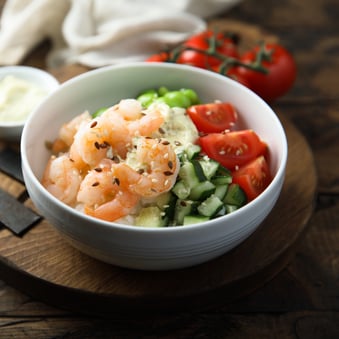
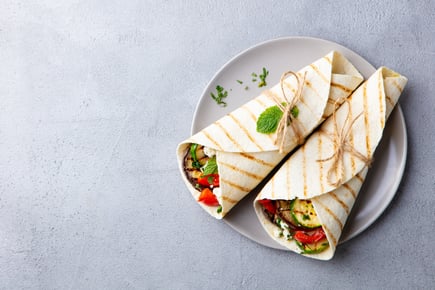 Grilled Zucchini Hummus Wrap
Grilled Zucchini Hummus Wrap 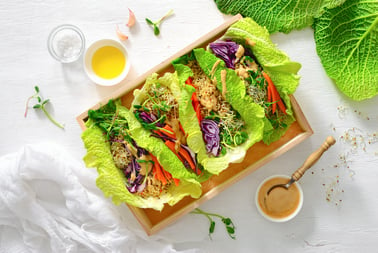 Chicken and Cucumber Lettuce Wraps with a Simple Peanut Sauce
Chicken and Cucumber Lettuce Wraps with a Simple Peanut Sauce  Vacation is supposed to be fun, enjoyable, and relaxing. When it comes to weight loss attempts or making healthy choices in general, however, traveling can be a challenge. Here are some of our RD’s best tips for healthy eating when traveling or on vacation.
Vacation is supposed to be fun, enjoyable, and relaxing. When it comes to weight loss attempts or making healthy choices in general, however, traveling can be a challenge. Here are some of our RD’s best tips for healthy eating when traveling or on vacation.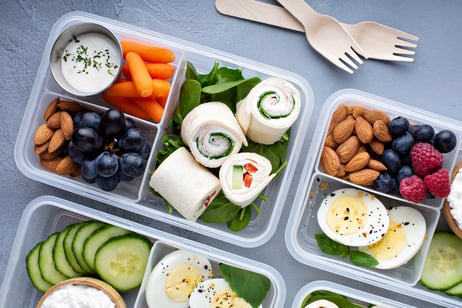
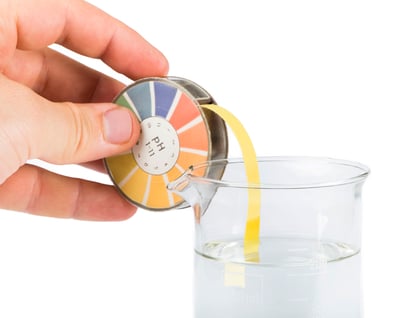 Alkaline vs. Acid
Alkaline vs. Acid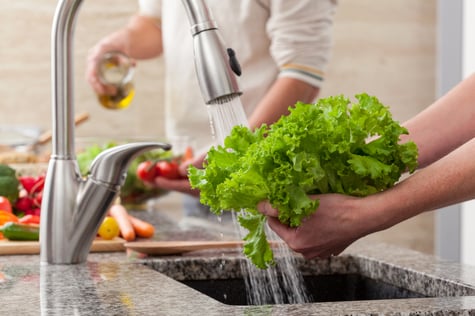 It is estimated that there are almost 48 million cases of foodborne illness/food poisoning in the United States each year (source:
It is estimated that there are almost 48 million cases of foodborne illness/food poisoning in the United States each year (source: 